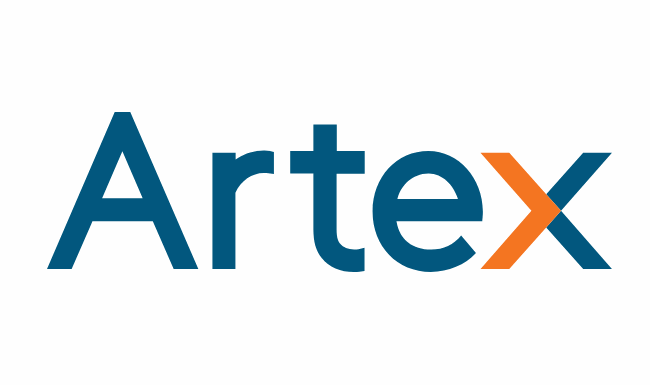While 2025 is already breaking issuance records for traditional catastrophe bonds, Artex Risk Solutions believes the insurance-linked securities (ILS) market is evolving into a more “significant force” across new risk areas such as casualty and cyber. In its Spring 2025 state of the market report, executives from Artex noted, “Coming off a record year in which USD17.7 billion of new risk capital was brought to market – our outlook for this market is bright. This is a market with momentum.”
In its Spring 2025 state of the market report, executives from Artex noted, “Coming off a record year in which USD17.7 billion of new risk capital was brought to market – our outlook for this market is bright. This is a market with momentum.”
Despite a strong start to the year for property cat bond issuance, surpassing 2024’s Q1 record with over $12.64 billion in deals completed by mid-May, the ILS market is no longer only about hurricanes and earthquakes, as Artex highlights an expanding appetite among capital providers for non-CAT perils.
Additionally, catastrophe bond issuance in the second-quarter of 2025 broke all records, marking the period as the first where new cat bonds issued have reached such a high milestone in any official quarter.
“While severe weather and CAT exposures have driven much of the recent ILS market growth, the market is becoming a more significant force in other areas such as casualty and cyber,” Artex writes.
Casualty has emerged as a key area of ILS innovation, particularly appealing to institutional investors seeking diversification and reduced volatility.
“The casualty ILS market has attracted investors who view it as a source of portfolio diversification, offering low-volatility returns that are uncorrelated with the property catastrophe market. Casualty has brought private credit investors into the ILS market. Their approach involves managing assets to generate returns and leverage the float, similar to their strategies in the life sector,” Artex said.
Another noteworthy trend is the increased involvement of managing general agents (MGAs), who are now turning to ILS capital to support their underwriting activities.
“A growing force in the primary market, MGAs are increasingly utilizing the ILS market,” the report says.
Moreover, Artex also sees sidecars as a natural fit for both MGAs and investors due to their liquidity advantages and risk flexibility.
“While CAT bonds grab the ILS market’s attention, the traditional sidecar continues to be an area of focus for us,” said Scott Cobon, Managing Director, Insurance Management Services, Artex Capital Solutions.
“For many market participants, sidecars provide an attractive capital market alternative. They allow investors to generally participate in a broader set of risks than CAT bonds, which are often tied to an extremely specific event trigger. Reinsurance sidecars also have a shorter liquidity profile than other ILS entities, such as the recent influx of investors’ interest in casualty risk. That makes them a good fit for investors who want some exposure to the casualty market but hesitate because of its lockup periods and potential investment market risk,” Cobon added.
Alongside casualty, cyber risk is emerging as a viable and increasingly structured asset class within ILS. As systemic cyber events threaten traditional coverage capacity, ILS capital offers a vital alternative.
“As a Gallagher Securities report noted, the ILS market has expanded the pool of available capital that’s required to sustain the growth of cyber coverage. This market enhances market resilience by providing essential alternative capital during systemic cyber events, when traditional insurance markets may face restricted capacity,” Artex added.
“While many cyber CAT bonds cover cyber risks in general, we are beginning to see ones where cloud outage is the coverage trigger, where a systemic large loss is a potential,” the report continued.
View details of every cyber catastrophe bond by filtering our Deal Directory by peril.
In addition, Artex highlighted how terrorism risk is becoming another interesting development across the ILS market.
In November 2024, GAREAT, a co-reinsurance pool created for the ceding of compulsory terrorism insurance cover provided in France, entered the catastrophe bond market for the first time with its Athéna I Reinsurance DAC cat bond. While in March, the anticipated third Baltic PCC Limited (Series 2025-1) terrorism cat bond for Pool Re was priced and finalised, securing another £100 million of retrocessional protection for the company from the capital markets.
Furthermore, Artex reflected on how the continued expansion of Lloyd’s London Bridge 2 special purpose vehicle (SPV) marks a geographic shift in how and where ILS capital is deployed.
“Lloyd’s London Bridge 2, a multi-arrangement, special purpose vehicle (SPV) – often referred to as a “transformer” vehicle – deployed USD1.92 billion through a range of transactions and funding arrangements in 2024. According to Lloyd’s, eight of its managing agents are now actively utilizing this SPV, with ten new institutional investors supporting risks underwritten in the Lloyd’s market,” Artex said.
“With so much focus on issuance, it’s easy to lose sight of an important market participant, the investor. Investors want to see a sustainable return over the long term. While some volatility is always expected, their key concern is achieving consistent returns.”
Concluding: “Market transparency can be an issue for investors. They are interested in better and more consistent data, especially with regard to performance data.”
